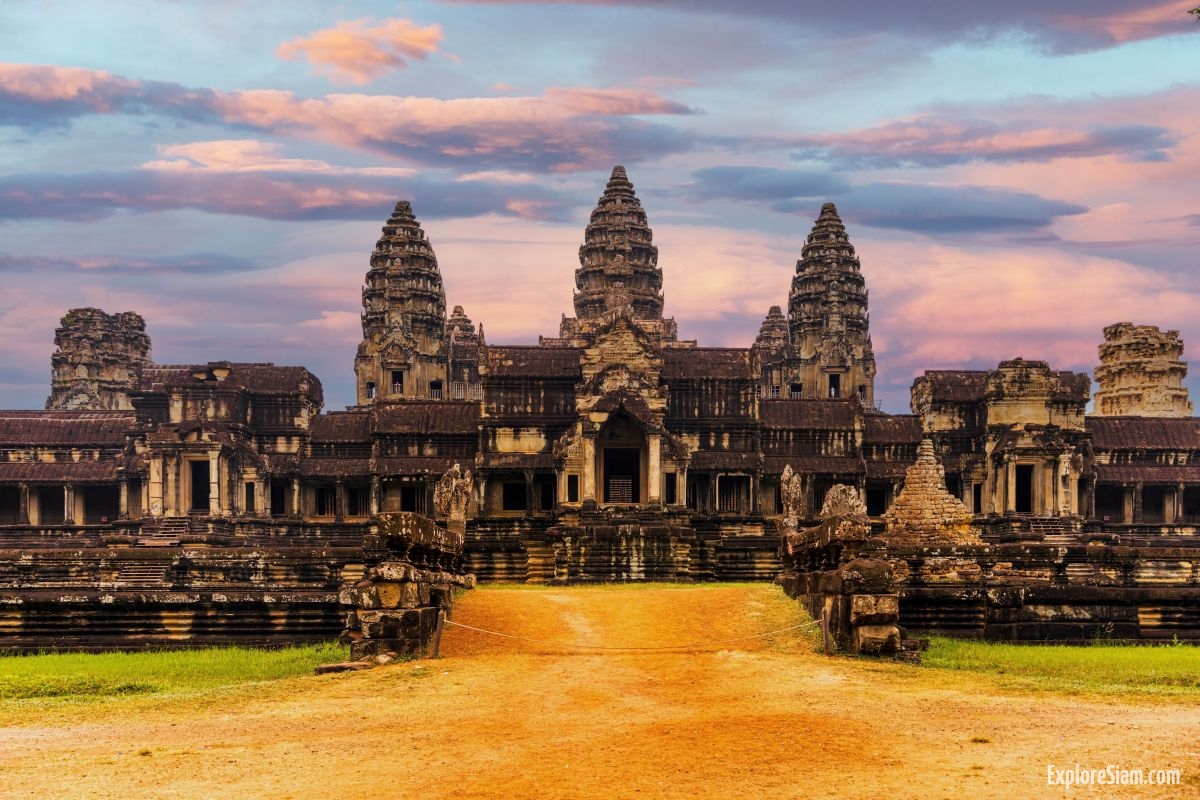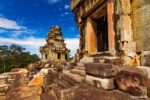Cambodia, a gem in Southeast Asia, is a country rich in history, culture, and natural beauty. From the ancient temples of Angkor to the bustling streets of Phnom Penh, Cambodia offers a variety of tourist regions that cater to different interests. This article explores some of the most significant tourist regions in Cambodia, highlighting their unique attractions and the experiences they offer to travelers.
Siem Reap and the Temples of Angkor
Siem Reap is perhaps the most famous tourist destination in Cambodia, primarily because it serves as the gateway to the Angkor Archaeological Park. This UNESCO World Heritage site is home to the magnificent temples of Angkor, including the iconic Angkor Wat, the largest religious monument in the world. Built in the 12th century, Angkor Wat is a stunning example of Khmer architecture and artistry, with its intricate bas-reliefs and towering spires.
Beyond Angkor Wat, the park includes other notable temples such as Bayon, known for its enigmatic stone faces, and Ta Prohm, where massive tree roots intertwine with ancient stone structures. Siem Reap itself offers a vibrant nightlife, bustling markets, and a range of accommodation options, making it a perfect base for exploring the temples.
Phnom Penh
The capital city of Phnom Penh is a bustling metropolis that reflects Cambodia’s blend of traditional charm and modern development. The city’s history is both glorious and tragic, with landmarks that tell the story of the Khmer Empire as well as the Khmer Rouge regime.
The Royal Palace, with its striking Silver Pagoda, is a must-visit for its beautiful architecture and historical significance. The National Museum offers a comprehensive look at Cambodia’s rich history and houses an impressive collection of Khmer art and artifacts.
Phnom Penh is also home to the Tuol Sleng Genocide Museum and the Killing Fields of Choeung Ek, both somber reminders of Cambodia’s recent past. These sites provide a powerful, emotional experience and are essential for understanding the country’s history.
Sihanoukville and the Southern Islands
Sihanoukville, located on Cambodia’s southern coast, is known for its beautiful beaches and laid-back atmosphere. The city has undergone significant development in recent years, with numerous hotels, casinos, and restaurants catering to tourists. Popular beaches such as Ochheuteal, Otres, and Serendipity offer opportunities for swimming, sunbathing, and water sports.
Off the coast of Sihanoukville lie the idyllic Southern Islands, including Koh Rong and Koh Rong Samloem. These islands are renowned for their pristine beaches, clear waters, and vibrant marine life, making them perfect destinations for snorkeling, diving, and relaxing in a tropical paradise.
Battambang
Battambang, Cambodia’s second-largest city, is known for its well-preserved French colonial architecture and serene riverside setting. The city is a cultural hub, offering a glimpse into traditional Cambodian life through its markets, temples, and museums.
One of Battambang’s unique attractions is the Bamboo Train (Norry), a quirky and fun ride on improvised rail carts that travel along old railway tracks. The ride offers a scenic view of the countryside and is a favorite among tourists.
Phnom Sampeau, a hill with a temple complex and caves, is another notable site. The Killing Caves here also serve as a memorial to those who perished during the Khmer Rouge era. The hill provides panoramic views of the surrounding landscape, especially beautiful at sunset.
Kampot and Kep
Kampot and Kep, located in southern Cambodia, are known for their scenic beauty and laid-back charm. Kampot, situated along the Preaek Tuek Chhu River, is famous for its pepper plantations and colonial architecture. The town offers a range of outdoor activities, including river cruises, hiking in the nearby Bokor National Park, and exploring the countryside by bicycle or motorbike.
Kep, once a popular seaside resort for the French elite, is known for its delicious seafood, particularly crab. Kep National Park offers hiking trails with stunning views of the coastline and the Gulf of Thailand. The nearby Rabbit Island (Koh Tonsay) is a popular day trip destination, offering quiet beaches and crystal-clear waters.
Ratanakiri and Mondulkiri
For those seeking adventure and a connection with nature, the northeastern provinces of Ratanakiri and Mondulkiri are ideal destinations. These regions are characterized by their lush jungles, rolling hills, and indigenous communities.
Ratanakiri is known for its gem mines, volcanic lakes, and waterfalls. Yeak Laom Lake, a crater lake surrounded by forest, is a beautiful spot for swimming and picnicking. The region’s waterfalls, such as Kachanh and Katieng, offer stunning natural beauty and refreshing swimming holes.
Mondulkiri, Cambodia’s easternmost province, is known for its cool climate and hilly terrain. The province is home to the Bunong people, an indigenous ethnic group with a rich cultural heritage. Mondulkiri’s Elephant Valley Project is a sanctuary where visitors can learn about and observe elephants in a natural setting. The region’s waterfalls, such as Bou Sra, are among the most impressive in Cambodia.
Cambodia is a country of diverse landscapes and rich cultural heritage. From the ancient temples of Siem Reap to the bustling streets of Phnom Penh, the pristine beaches of Sihanoukville to the serene countryside of Battambang, each region offers unique experiences for travelers. Whether you’re interested in history, culture, adventure, or relaxation, Cambodia’s tourist regions have something to offer everyone.





